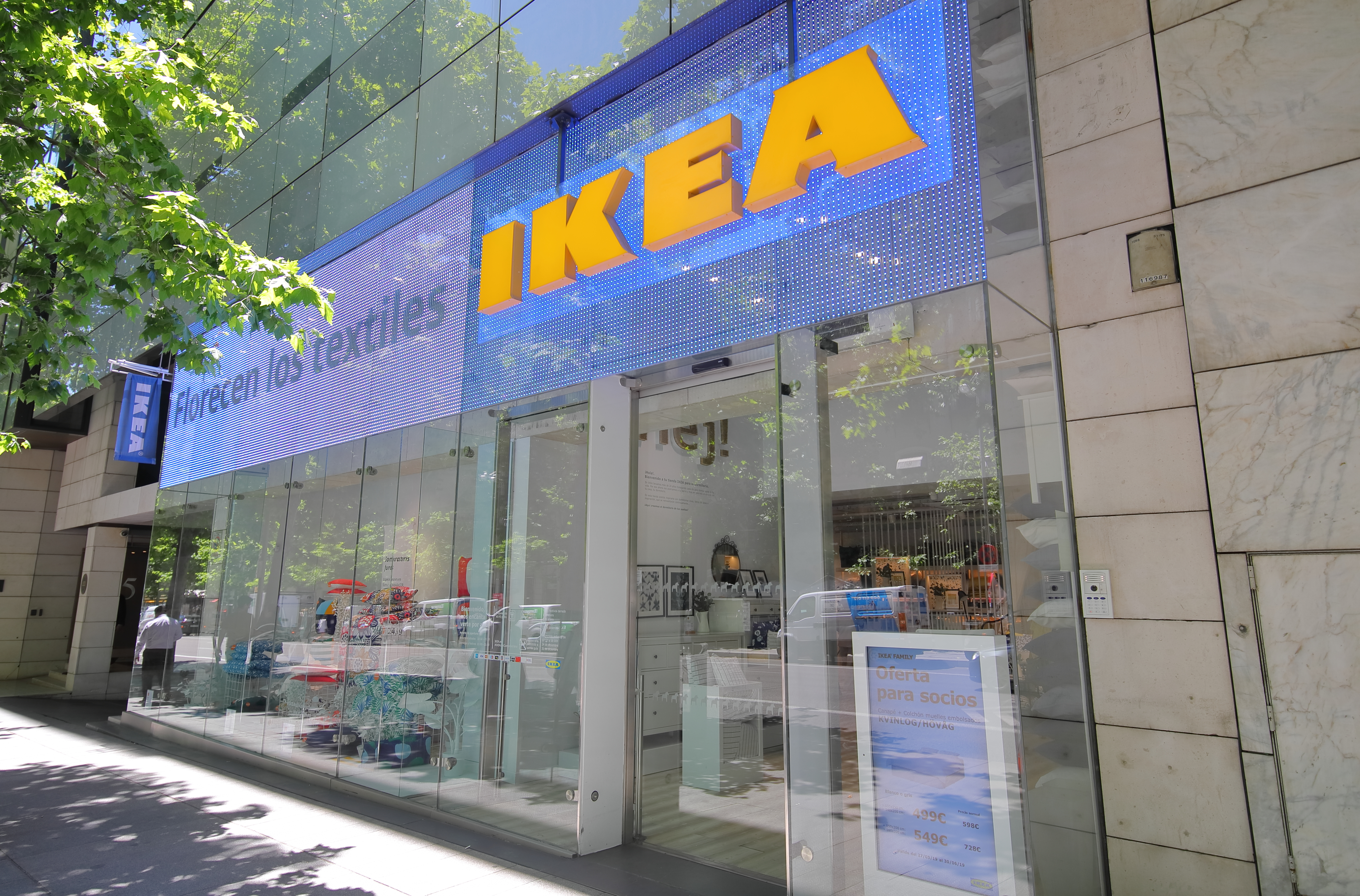Why are successful retailers opening more and more smaller retail locations?
More and more large retailers and purely online retailers often open small retail formulas in the city center. What is behind this strategy and what can you learn from it in terms of efficiency, proximity and the effect on online sales?
In 2050, 66% of the world's population will live in cities. That obviously has an impact on how we all go shopping together and especially where we spend our money. Like other major retailers, large-scale department stores such as Ikea, Macy's or Decathlon don't miss the opportunity to open a store location in the city center. How do they bridge the distance to the consumer and how can you make your store network more profitable?
Less surface area, same turnover
Given the challenging economic conditions, smaller store sizes are the solution to generate the same turnover with fewer shop square meters. For example, there is no need to negotiate a lease of hundreds of square meters or you can look for another building that serves better to get closer to the consumer. Decreasing staff costs are also a positive result of rethinking your store format, as less full-time staff is needed to help the customer at that location.
Ikea displays extensive efficiency in an ultra small pop-up, called plan & order points. The extensive product range for which they are known is exchanged for a separate concept with its own range. This is much more limited and very much focused on what urban consumers need today. Not only the integration with online is important in these mini shops, but especially giving advice. An expert helps customers in a personal way so that their purchases in an Ikea store or in the online shop closely match what they expect. Other experiments are also underway in England for Ikea to be closer to the customer and are proving to be very successful.

Closer to the customer: an efficient service area
Smaller retail locations are closer to where the customer lives. They are literally closer to the customer's living environment in the city. This not only ensures that customers have to travel less far to get to your store, it also opens up new opportunities in your service area.
- Do you already know where your new customers live?
- How much market share do you have in those parts of the city?
- Where are your white spots?
A smaller retail format naturally requires you to rethink your product range. It can also be the most efficient way to reach new catchment areas that have not yet been developed.
On the other side of the ocean, we see that the Kohl's retail chain in Seattle often just closes their larger stores. Instead, they are opening smaller stores, in which they have cut a large part of their offer. They discovered that the consumer in those places is mainly looking for casual wear, their most profitable product category, and that is how they set up their stores. In addition, they entered into a partnership with Sephora, adding a make-up in-store concept. The beauty brands in this Sephora shop-in-shop see the benefits of a larger reach and a new customer base.
The halo effect: a physical store also means more online sales
The majority of retailers launching a new and smaller store concept do so by also focusing more on their omnichannel network. Your online sales increase considerably in those areas where you also have physical stores. The halo effect is generated in your primary and secondary catchment areas: extra visibility of your brand through the new city store.
In MediaMarkt Smart, currently still exclusively in Italy, but in 2024 also in Belgium and the Netherlands, you as a customer can order products via a terminal in the store or have online purchases delivered to the store. The store concept has optimal digital integration and focuses again on advice. What is exceptional about MediaMarkt Smart is that they also serve as pick-up points for a fast delivery service.
